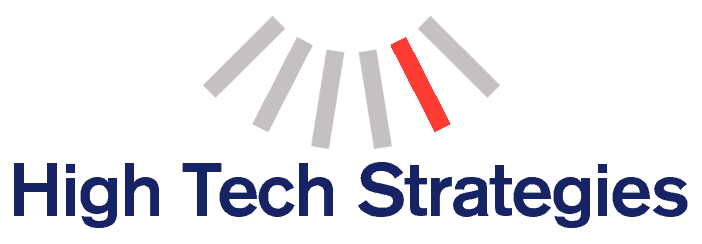Ansyr Technology, "Seattle's Most Promising
Startup" failed due to skillset misalignment
Why Do Promising Startups Fail?
The reasons high-tech companies fail are not always obvious to managers or observers.
At the Early Stage Investment Forum in Seattle, 250 accredited investors and venture capitalists voted Ansyr Technology as “the region’s most promising technology startup.”
This accolade was based on both market and company advantages including: a thriving new ecosystem called mobile computing, partnerships with both Microsoft and Adobe, and plenty of money provided by local investors.

News article courtesy of Seattle Daily Journal of Commerce (view in PDF)
The Reasons Anysr Technology Failed
Many of the actual reasons high-tech companies fail are not captured in statistical surveys. The traditional causes of failure were not present at Ansyr Technology and the company was well prepared for most of them.
Despite these significant advantages, Ansyr Technology failed because management neglected the most important element of long-term success: staying aligned with the value expectations and requirements of customers as they evolve.
One example of value misalignment at Ansyr was the mis-match between the skillset of the management team and the requirements of early customers. When early adopters are evaluating a new technology, they want to hear about and discuss the vision of what is possible from company leaders. This is called visionary selling.
At Ansyr, the CEO had never worked in a high-tech startup before, so he was unwilling to engage in visionary selling (or the selling process at all). And the VP of sales only had experience selling in mature industries, so he also lacked the required skillset for early-market selling.
Avoid the Reasons Promising Startups Fail
Read our in-depth analysis of the reasons behind high-tech failure.
And please visit the Value Alignment Infographic on this website to see how value creation, delivery and communication MUST change across the adoption lifecycle, which requires constant value-chain realignment be successful.

